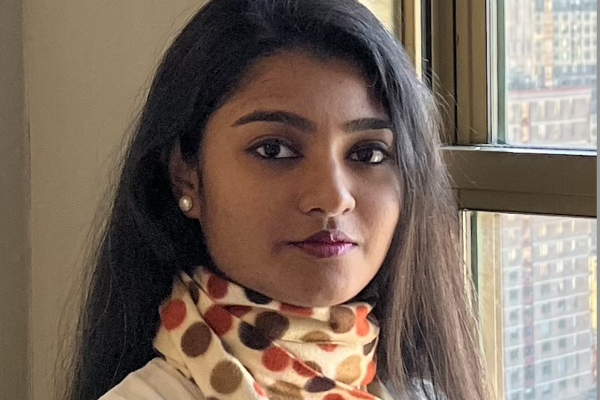
Abstract: Networks are important data structures because they allow for the efficient representation of complex relationships between data points, enabling the analysis of connections and dependencies within a dataset, which is particularly valuable in fields like social network analysis, biology, and transportation systems where intricate relationships are crucial to understanding the system. Analyzing complex networks requires a deep knowledge of various network representations (embeddings) and how they can be leveraged for predictive modeling and inference.
This tutorial introduces the foundational concepts of network representations at both the node and graph levels. It also explores how Graph Neural Networks (GNNs) have emerged as powerful end-to-end tools for learning, enabling more effective graph-based data processing. The session covers static and dynamic network representations, touching on how to capture evolving relationships and temporal changes within networks. Additionally, we briefly delve into network reconstruction techniques, which can infer hidden or missing network structures. By the end of this tutorial, participants will have a solid understanding of the key methods used in network representation learning and be equipped to apply GNNs to real-world problems in network analysis and beyond.
Bio: Namrata Banerji is a fourth-year PhD student specializing in Dynamic Network Classification and Task-focused Inference. Her research focuses on using reinforcement learning to identify optimal network structures of entities (nodes) that enhance specific tasks, such as predicting node attributes. Collaborating with biologists studying primate behavior, her work is driven by an interest in group decision-making mechanisms in baboon societies. From August 2020 to June 2023, Namrata led the scripting and analysis team of OSU’s COVID-19 monitoring initiative, contributing to effective policy decisions and the development of a nationally top-rated dashboard during the public health emergency.
